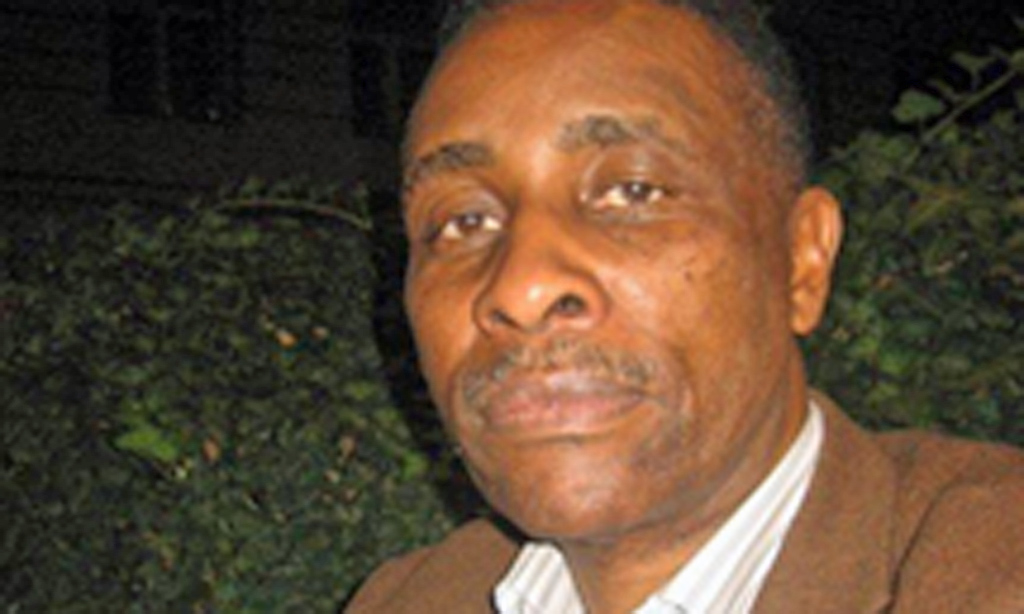Makerere University has released the report of the Visitation Committee that was appointed by President Yoweri Museveni in 2016 to analyze among others the causes of endemic strikes at the country’s oldest institution of higher learning.

According to the 370-page report drafted by a committee that was chaired by Dr. Abel Rwendeire (RIP), Makerere University has had 13 strikes – one in 1976 during Iddi Amin’s reign where students attempted to overthrow the dictatorial regime – and 12 strikes during the Museveni regime from 1990 to 2016.
Makerere University was established in 1922 as a technical institute and constituent college of University of London, and has since then produced some of the country’s finest brains, including three former Presidents: Dr. Apollo Milton Obote, Yusuf Lule and Godfrey Binaisa.
Other notable alumni in recent times include among others Vice Presidents Samson Babi Mululu Kisekka, Specioza Wandira Kazibwe and Prof. Gilbert Balibaseka Bukenya; Prime Ministers Dr. (Kisekka), John Patrick Amama Mbabazi and Dr. Ruhakana Rugunda, Bank of Uganda (BoU) Governor Emmanuel Mutebile; former UN Under Secretary General Olara Otunnu; Democratic Party president Norbert Mao, the leader of the 1990 strike, and former presidential candidate Dr. Warren Kizza Besigye Kifefe.
However, despite such fine brains, over the past 30 years the university has experienced both student and staff strikes largely over complaints about welfare and remuneration, and these have at times led to the institution’s closure, the most recent being in 2016, following which the nine-member Rwendeire Visitation Committee was appointed.
Meanwhile, the report cited among others, governance, financial, academic and student affairs as some of the causes of endemic strikes at the university, and called for the implementation of the recommendations of the Government White Paper on the Report of the Visitation Committee to Public Universities in Uganda, 2008.
According to the Rwendeire Committee, the university also faces ‘human challenges’, arising mostly out of issues like data and information management, something that the committee noted, inevitably leads to ‘gross allegations of malfeasance in academic records management missing and changing students’ marks; unreliable financial and human resource records’.
It is against such a background that the Rwendeire Visitation Committee even failed to establish the exact number of Students and Staff at Makerere University.
Below, the EagleOnline reproduces an abstract chronology of strikes at Makerere University, as summed up by the Rwendeire Visitation Committee
(1) Strikes at Makerere date before independence. The first significant protest was held in 1952. This strike involved a boycott of the dining halls in a demand for better food. The cause was student “welfare”.
(2) During independence, the strikes tended to be ideological. Ideologically-inspired protests in the 1960s became a common feature as students demonstrated against American bombing in northwestern Uganda (a spill-over from conflict in Congo) and the hanging of three African nationalists by the Smith Government in Rhodesia.
(3) A decade later (1976), students plotted, bravely but unsuccessfully, to overthrow the Amin government. This was connected to the ideological orientation that a change of government would possibly come alongside a change of policies and better welfare.
(4) In December 1990, the Student Guild president (Norbert Mao) spearheaded a rejection of a Guild constitution imposed by the Ministry of Education. Even as he put forward a host of economic “survival” issues–the abolition of allowances for books, transportation, and stationery–Mao connected the protests with the government’s costly pursuit of war in the north and its tolerance of corruption.
(5) In 1991, there was another strike caused by welfare and survival reasons. The Government had just scrapped student allowances yet students expected Government to give them free housing, food, stationery, and even pocket money and transport back home.
(6) In May 2005, there was a student demonstration which was caused by administrative challenges which students connected to their welfare. A placard reading: “Ssebuwufu was much better-We want him back”, signified the indirect demand of better welfare. This strike was caused by apparent weaknesses in University Management systems which did not prioritise student issues as compared to what the Ssebuwufu administration had applied.
(7) In November 2006, there was a strike by staff demanding Government to honor a pledge it had made in April 2004 for a salary increase. The cause of this strike was purely related to Staff welfare.
(8) A year later, in November 2007, the University was shut down for up to two months as lecturers laid down their tools and students turned rowdy over failure to study.
(9) In February 2008, Makerere University Students slipped out of a planned strike that was intended to be staged due to continued redundancy, following a strike by Academic Staff. The Students had for one week remained redundant, after their Lecturers went on strike protesting against the lack of adequate teaching materials. Students tried to seek out a peaceful solution to the stalemate between the Lecturers and the Government and resolved to give the conflicting parties a chance to iron out the problem amicably without resorting to violence.
(10) In September 2011, Makerere University was closed hardly two weeks into the new semester when authorities running the country’s oldest University failed to break a deadlock over a strike by Academic Staff who were demanding enhanced pay and clearance of their pension arrears. Fear of a threat by Students to join the weeklong Lecturers’ strike prompted the sudden closure and saw the University campus, from the gate through to the halls of residence, turned into a mini garrison with hundreds of heavily armed police. Lecturers also demanded that top up allowances that University administrators got be scrapped and that Government takes full responsibility of the payroll instead of the now shared salary payment between the University and Ministry of Public Service.
(11) In 2013, there was a strike by Makerere University Staff demanding for a salary increment from Government. Government then made it clear that it did not have the funds. Government then directed the University Council to consider using internally generated funds to provide an incentive to Staff so that they could call off the strike.
(12) In July 2014– there was a morning strike staged by Students over Management’s decision to scrap meals in the halls of residence and the 10 per cent tuition increment policy for the new students. Makerere University Council had scrapped free meals to all students due to the high food prices and the financial squeeze at Uganda’s biggest University. The Council, the Institution’s top governing body, resolved that every student on the Government scholarship scheme should instead be given a daily meal allowance of UGX 2, 000.
(13) In October 2014, Makerere University students went on strike protesting a hike in graduation fees. This strike was again both a survival and welfare issue. The lack of effective consultation by University Management and Council before it was passed appears to have been interpreted by students as being intended to affect their welfare at the University.
(14) In April 2016- Students protested the Institution’s decision to scrap 32 courses. The Report had recommended that 30 degree programmes be merged, 18 be restructured while 21 undergraduate diplomas, 11 undergraduate certificates and three degree programmes be phased out.
(15) Beginning on 1st August 2016, the Non-teaching Staff went on strike demanding their back pay. The strike lasted three weeks and the Government agreed to pay them by the end of October 2016; however, the Government failed to do so.
In November 2016 President Museveni ordered the closure of Makerere due to staff and later Student strikes over unpaid arrears and lack of lectures respectively.






